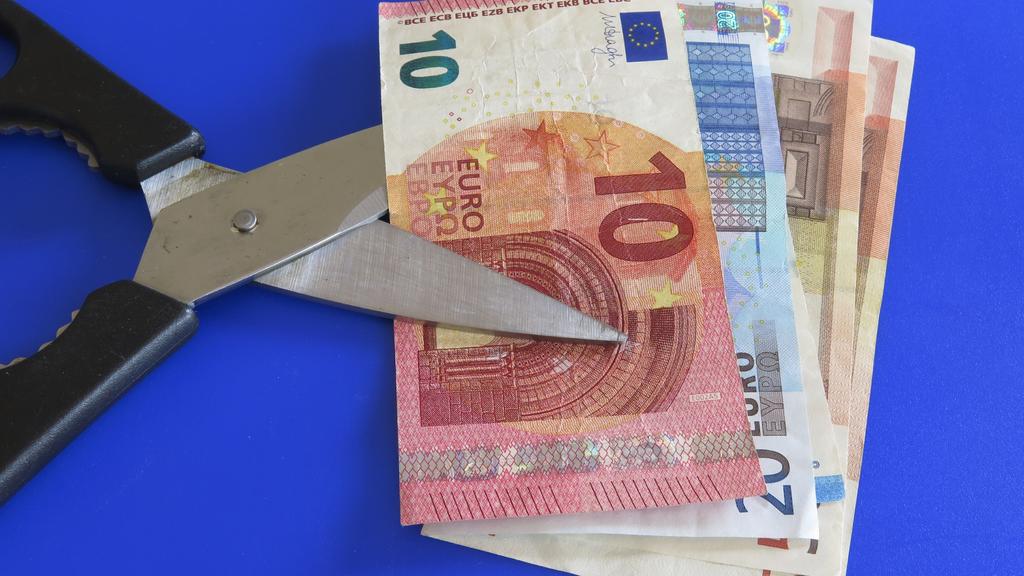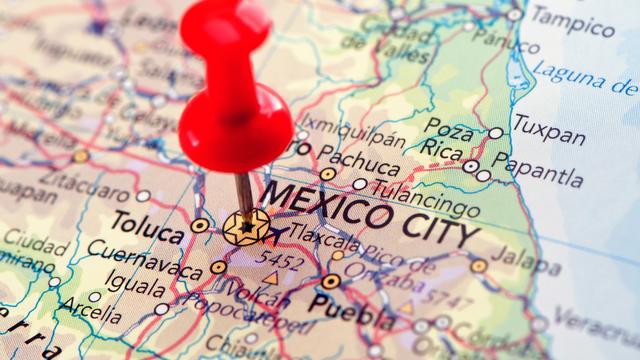Cost-cutting is something that most restaurant owners, managers, and food business entrepreneurs have to deal with eventually for various reasons. Even though there’s no general rule of thumb to know whether you need to apply cost-cutting strategies in your business, there are numerous benefits to doing so. In this article, we’ll talk about the following:
- The importance of cost-cutting strategies in food businesses
- Current F&B industry cost-cutting trends
- And a quick guide on how to cut costs in three different areas of your business
Reducing costs in your restaurant can be beneficial to improve your business’s profitability and sustainability in the long run. However, it can also have negative effects on your business, which makes it yet another decision you can’t take lightly. When you finish reading this article, you’ll be well prepared to study your business and know for certain if this decision will benefit it. Let’s get started!
Importance of Cost-Cutting Strategies for Restaurants
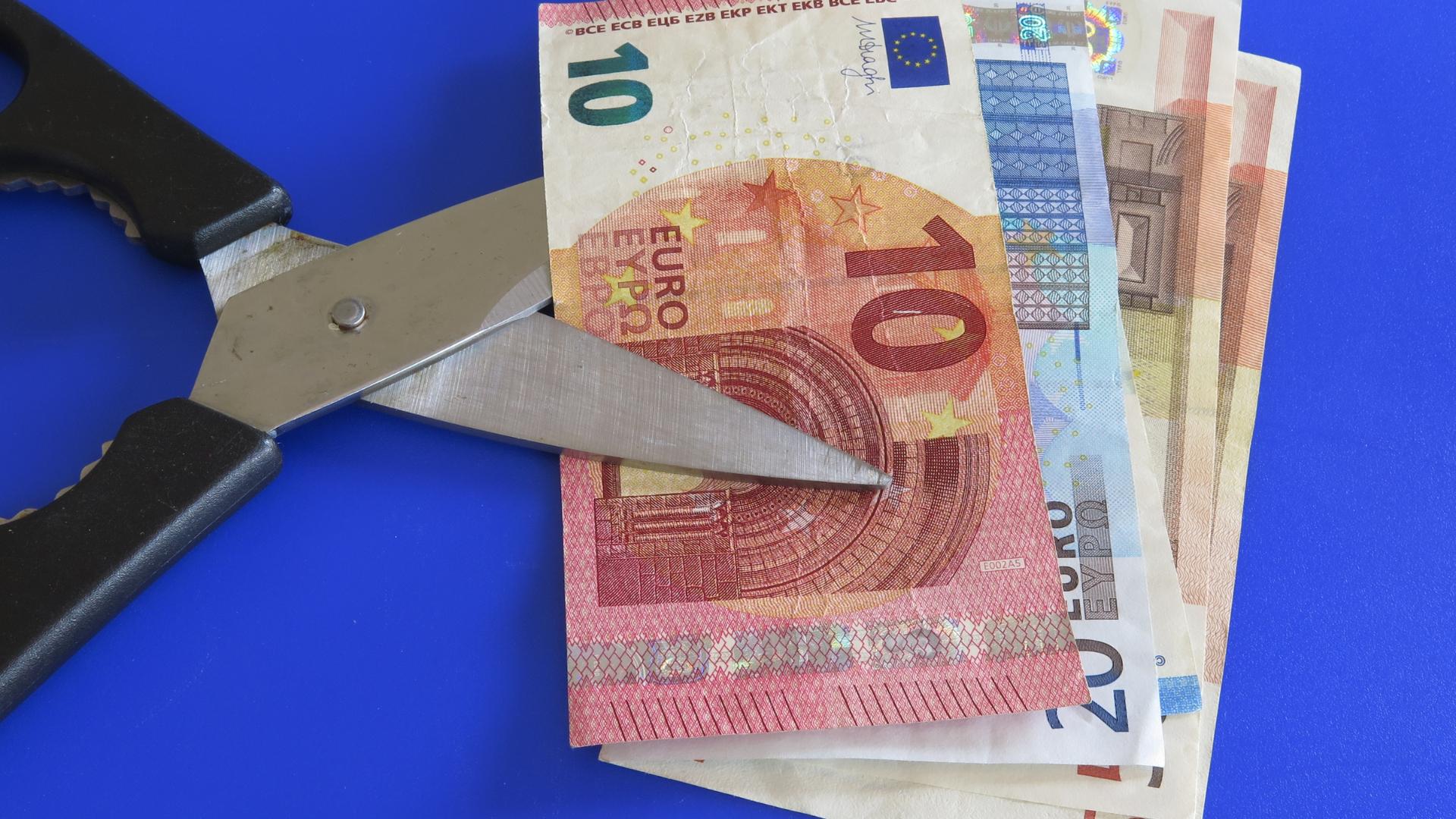
Cost-cutting strategies are vital to all businesses – they are among the best strategies to improve results and profitability. Still, this is a practice that does nothing more than open a few options for you as a business owner. What you do with these options is what matters. If you manage to lower your costs, you gain two paths that can make or break your business:
- Reduce your prices
- Maintain your prices
- And a path that’s always available, increase your prices
Keep in mind that this is a very simplified view of this matter. Reducing the costs somehow always increases your restaurant’s profits. But, taking these options into account, you can maintain the same profits, increase your profits, or double them. That’s what makes this strategy so tempting and rewarding, but also a little risky. Independently of what you decide to do when you reduce your business’s costs, no doubt doing so will immediately benefit your restaurant because it will make more money.
The Downside of Cutting Costs
Of course, like everything in life and business, there’s not a thing that’s fully good or bad. When you reduce costs in a business, there’s always room for mistakes. Some of the most common are the following:
- Directly reducing your menu’s quality
- Reducing your staff’s comfort level while working at your restaurant
- Investing in technology or strategies that are not effective to reduce costs
- Increasing the complexity of production in the kitchen
- And applying strategies or technologies that add up costs instead of reducing them
However, the worst overall downsides of implementing cost-cutting strategies are the ones that directly affect your customers – without them, you don’t have a business. But worry not, because these strategies can be applied without causing unintended consequences by properly studying your business.
Review of Current Restaurant Industry Trends
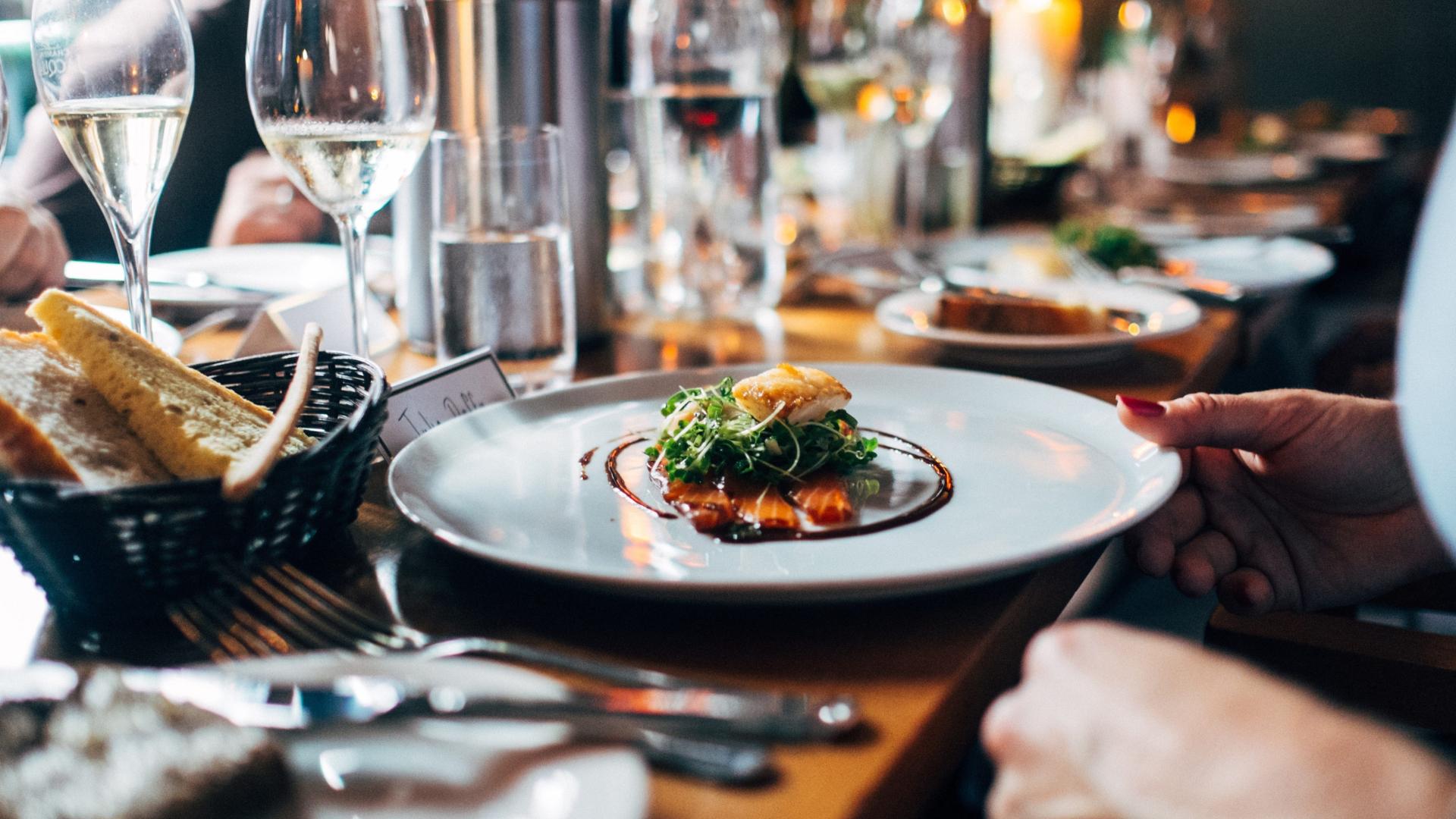
Due to the appealing benefits of cost-cutting, and with the creation of automation and AI tools, there’s been a surge in restaurant technologies that are increasingly applied throughout the industry. The ones focused on cost-cutting are the following:
- Automation of any kind: Automating restaurant processes makes a strong case when it comes to reducing the cost of running a business. There’s a plethora of tech that can help you automate processes in a restaurant, from optimizing staff needs to waste and inventory management.
- Reducing marketing costs: Several strategies can help modern restaurants streamline their marketing efforts and reduce costs. Nowadays, it’s almost standard to focus on social media marketing to reduce costs, automate content creation, and much more. It’s much faster, easier, and cost-effective than previous marketing methods, and also allows businesses to have more control over their marketing in general.
- Restaurant management systems: Using a POS system went from using complex hardware to simply downloading and installing programs or apps on different types of devices. Also, apps and software are more comprehensive, and intuitive. They can integrate different areas of your business to optimize their functionality while reducing staff needs and improving efficiency.
We’ve created excellent articles that can help you gain more information about restaurant industry trends, automation in food businesses, and new technologies. Check out our blog to gain new perspectives on these new technologies. Without going into much detail, a single app or new technology, like Waiterio’s restaurant POS system, can help you gain all the benefits of automation and help your restaurant cut costs at the same time. Learn more about Waiterio here.
Identifying Areas for Cost-Cutting

Now that you know the why and the how it’s time for you to study and find the key areas of your business that could use a little bit of cost-cutting. This is a seemingly simple two-step process that requires a lot of attention to detail and access to as much information about your business’s operations as possible. You must study your restaurant’s input, meaning what goes into producing delicious meals and keeping the restaurant running smoothly. Let’s break down each of the steps.
1. Review of Restaurant Expenses
Your restaurant’s expenses are divided into two types – variable and fixed costs. Variable costs are every resource (in numbers) that you pour into your restaurant to keep it producing and that vary in cost or amount depending on different factors. That includes three main categories:
- Food and beverage cost
- Utility costs, i.e. gas, electricity, and water
- Staff expenses
On the other hand, fixed costs are expenses that don’t vary, such as rent, taxes, insurance, and more. Some costs such as equipment maintenance expenses are somewhat mixed – you never know if you’ll have to pay a regular maintenance fee or if you’ll have to suddenly replace equipment. Regardless of the ratio of variable and fixed costs in your particular business, you must study your restaurant’s every expense.
2. Identifying Areas Where Costs Can Be Reduced Without Sacrificing Quality

After creating a list of all the expenses of your restaurant and their cost, you must then study each process to identify whether the cost can be reduced without negative effects. You’ll likely focus on reducing costs that are part of the variable expenses. The real question now is: how to know if you must cut costs in an area of your business? To know, you must ask yourself the following questions:
- Do you think there’s overspending in a specific area of your restaurant?
- Is every cost of your restaurant justified?
- Is the ROI of every investment you’ve made good enough?
- Is there waste in your restaurant during the production process?
- Is there a surplus or a deficit of inventory in your restaurant?
- Are all your staffing needs covered efficiently? Can you optimize your staffing needs?
- Are all menu items being sold? Is it sustainable to keep all menu items on your menu?
- Is every resource in your restaurant being used properly?
- Can you optimize energy, water, or gas usage?
Finally, if you’re not entirely sure if you can optimize these areas of your business, but you still are suspicious that they can be optimized or improved, you can always hire a consultant. Still, any capable manager should be able to study each of these processes and areas of a restaurant and apply strategies and changes where needed efficiently.
Cost-Cutting Strategies

Now let’s discuss a few cost-cutting strategies you can apply to three main areas of your business – food and ingredients, payroll, and production expenses. Keep in mind that only you can know which of these strategies are relevant by answering the questions mentioned above. Additionally, the key to reducing costs is optimization. By optimizing different areas and processes that take place in your restaurant, you can reduce costs, even if that’s not your main goal. That’s exactly why you can’t just reduce costs for the sake of making more money. Efficiency is key, so if there’s room to optimize a specific part of your business, it’s likely that you’ll also reduce its cost as a side effect.
1. Reducing Food Waste
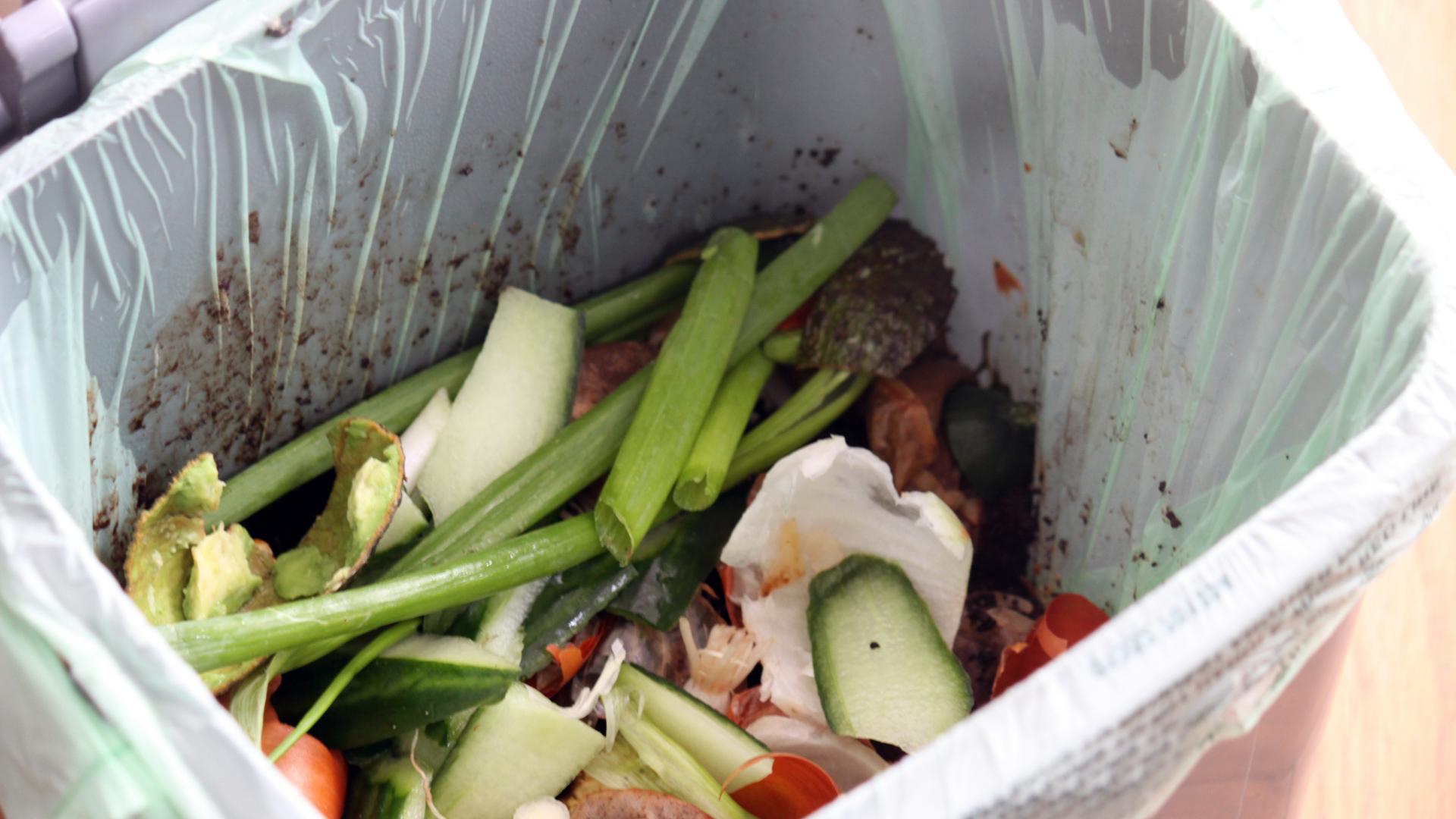
This is the main source of losses in a restaurant. We have talked about reducing food waste on our blog before because it’s a quintessential part of the F&B industry. There are hundreds of strategies you can use to reduce waste. Here, for the sake of simplicity, we’ll just mention a few that you can start applying right away, and that can also improve other areas of your business.
- Invest in inventory management tech or just improve inventory management in your restaurant. Managing every ingredient properly will reduce costs because it directly reduces waste, robbery, and misuse of ingredients.
- Apply standardized recipes. Standardization is key to making sure that every dish is prepared using the same ingredients every time. You can enforce this by creating detailed recipes and by instructing chefs to supervise preparation processes. This can also improve the quality of the dishes.
- Use mise en place and pre-production techniques. These simple techniques can improve efficiency in the kitchen by removing improvisation and reducing mistakes. It also aids standardized recipes, especially if you’re applying proper pre-production techniques for certain ingredients, instead of preparing everything when orders arrive.
- Upcycle ingredients. Some ingredients can’t be used unless they’re fresh, like vegetables or fruits. However, some of them can be used even when they’re not exactly fresh, like brownish bananas being a key ingredient in banana bread. You can also upcycle ingredients to make delicious staff meals or donate them.
There are so many things you can do to reduce waste. Check out our article on inventory management to learn other strategies you can apply.
2. Streamlining Menu Offerings

Reducing your restaurant’s menu size is also a good way to optimize your restaurant’s kitchen processes. It’s no secret that customers always have favorites when it comes to eating out in restaurants. That leaves behind some menu items that might be increasing your restaurant’s waste. So, keeping your menu short allows you to use fewer ingredients, reducing waste altogether. You can also find creative ways to optimize your menu by using menu engineering. Finally, there are several types of menus you can explore with your business to keep it interesting for your customers.
3. Reducing Beverage Costs

Not all restaurant owners pay a lot of attention to drinks. But the truth is that drinks play a huge role in the experience you offer to your customers. They are part of the culinary experience – unless, of course, you’re not paying attention to them. Some restaurants simply offer a lot of drinks and don’t mind what they mean. If your business is like that, then there are a few tips that can help you. First, you can simply reduce and streamline your restaurant’s beverage offerings and cut costs, while making sure you offer exactly what your customers want. Second, you can eliminate beverages people aren’t ordering at all from your menu. And third, you can play around with different types of drinks offers. Sometimes, they can be less expensive than staple beverages like cola or fizzy drinks. Check out our article about how to improve your profits by using restaurant drinks to learn more.
4. Optimizing Staff Scheduling and Efficiency

This is a complex part of running a restaurant, which sometimes makes managers and restaurant owners dismiss it or not pay nearly enough attention to it. However, with a highly optimized staff and schedule, your restaurant can go from another empty venue to a full business every day of the week. Here are some of the strategies you can use to optimize staff scheduling in your restaurant:
- Analyze the busiest times of day and week to schedule more staff during those times and fewer during slower periods. That’s it! You can check out which are the busiest days of the week by checking your POS system sales per day and even per hour.
- Use scheduling software to create efficient and cost-effective schedules. Technology can be effective to plan out your restaurant’s schedules, handle time off for every staff member, and manage overtime.
That’s just for scheduling, but you can also optimize your restaurant’s staff overall. You can do this using two methods:
- Training your staff to create a highly-optimized team of servers. This helps you reduce mistakes in orders, waiting times, and communication with customers, which are all essential to reduce costs. That can also allow you to have fewer, but better waiters and waitresses, which directly reduces payroll costs.
- Applying technology that streamlines the ordering process, like QR code menus, online menus, and contactless menus, to reduce the number of FOH staff.
Of course, make sure to study your staff’s workload before applying these methods to avoid disrupting service time and quality.
5. Energy and Utility Efficiency Measures
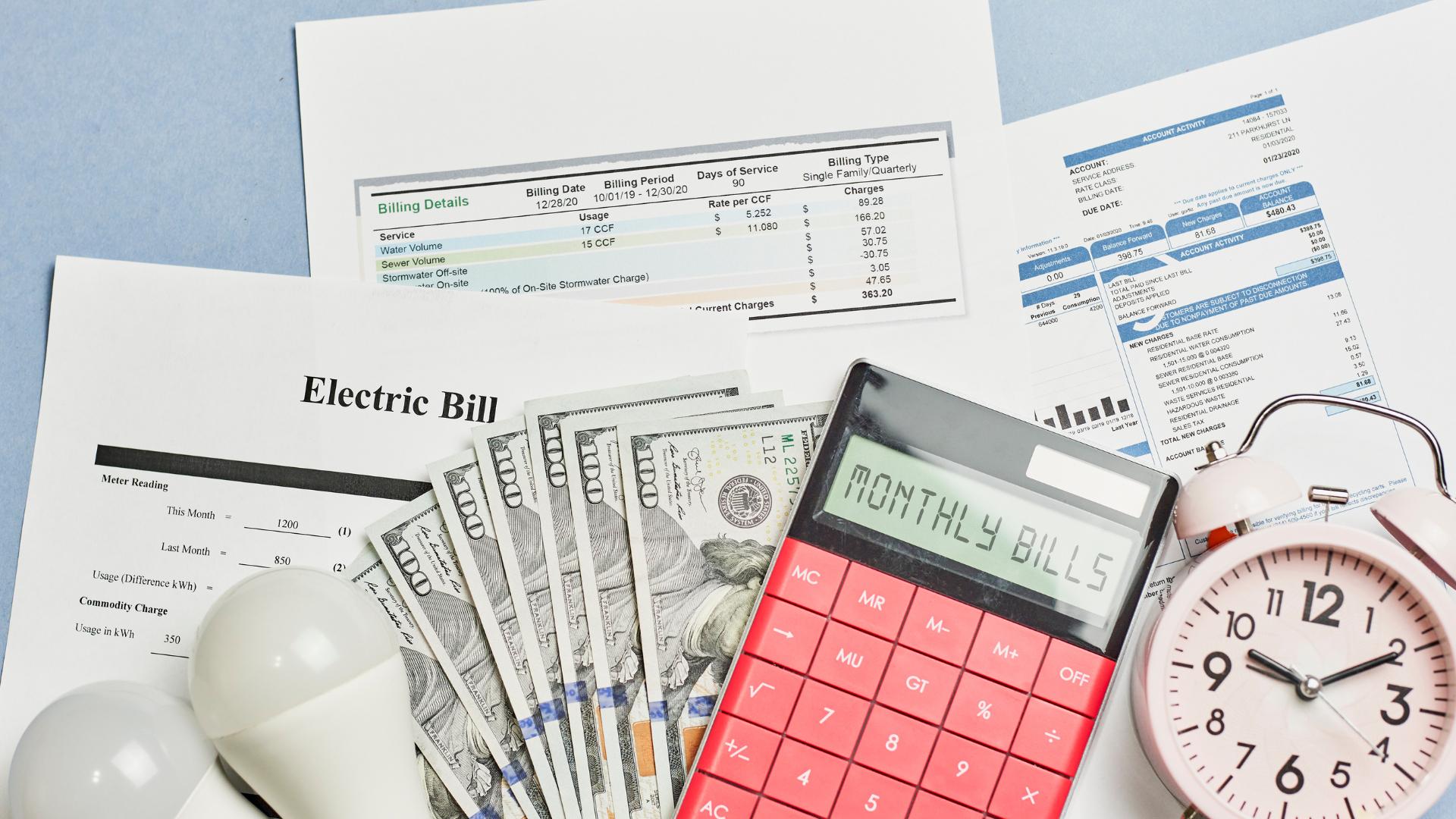
Here are several tips you can use to optimize the way your restaurant uses energy, gas, water, and other resources. There are easy to apply and don’t require that you install or invest in complex technology.
- Install energy-efficient lighting, such as LED bulbs, to reduce electricity usage.
- Use programmable thermostats to control heating and cooling systems.
- Install low-flow faucets and toilets to reduce water usage.
- Implement a recycling program to reduce waste and save on disposal costs.
- Encourage employees to turn off lights and equipment when not in use.
- Conduct regular maintenance on HVAC systems and kitchen equipment to ensure they are operating efficiently.
- Consider implementing a composting program to reduce food waste and save on disposal costs.
These are just a few of the things you can do to reduce utility costs. Keep in mind though that they won’t save you as much money when compared to the methods described above.
What to Do After Reducing Your Restaurant’s Costs?
This depends on your situation. Some owners will pay debt faster, reinvest in the restaurant if they don’t have any, improve the restaurant’s infrastructure, create new businesses, and more. Those are some of the things you can do if you decide to maintain your prices. Some restaurants can also benefit from reducing their prices after reducing their costs so they can gain more customers, attract customers looking for low-cost offers, and much more. As we mentioned before, you can also increase your prices if that proves to be a relevant path to take with your business. Overall, it depends on the goals you have set for your restaurant. Something that you must keep doing regardless is keeping track of your restaurant’s costs at all times. Why? Because costs are not stagnant for your restaurant – variable costs are mischievous and unpredictable. Many unsuspecting restaurant owners have lost their businesses due to the lack of awareness of their business’s state. So, if you came looking to improve your profits, keep in mind you also gained tools and techniques that can help you keep your restaurant running for years to come. Are you keeping up with your restaurant’s costs?
